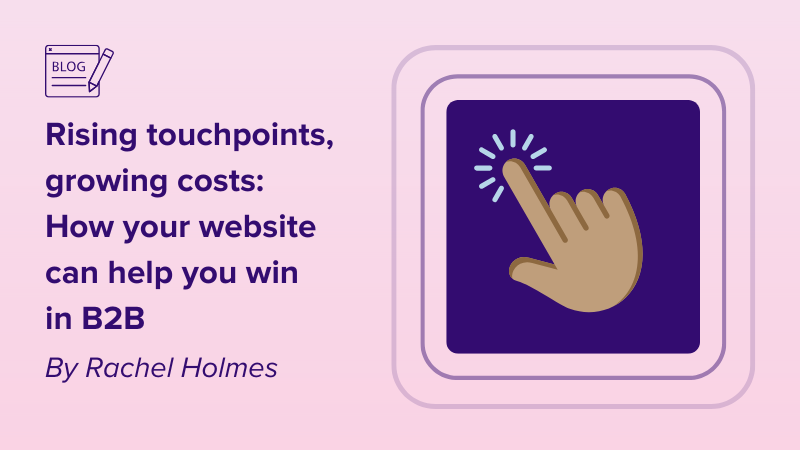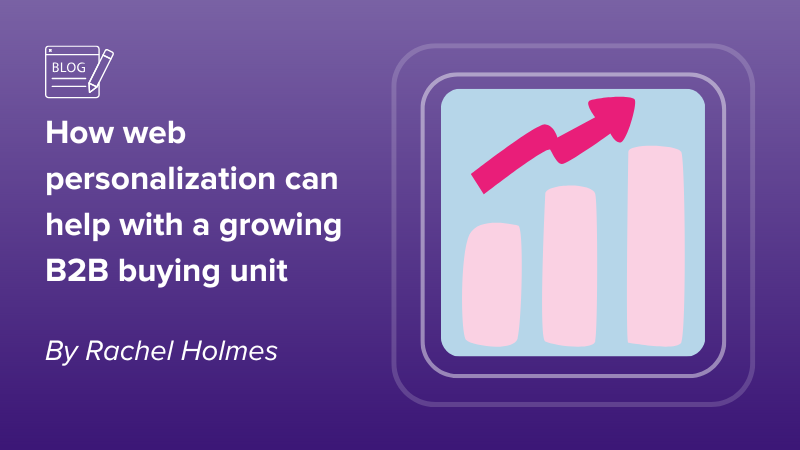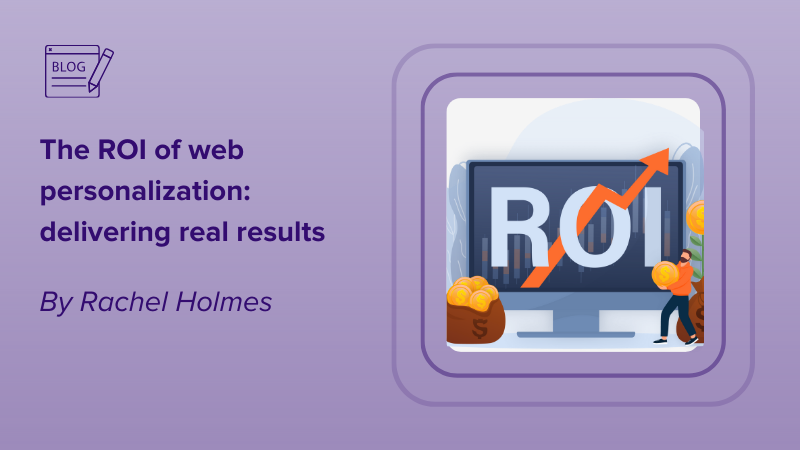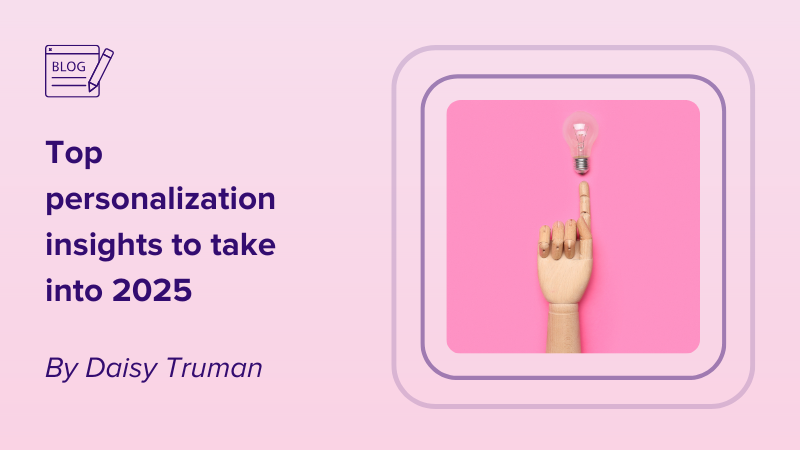A friend of mine shared a brilliant (and scary) article from HockeyStack on the ever-rising number of touchpoints in the B2B journey. The data was eye-watering and highlights how buyers are engaging with B2B brands across more touchpoints than ever before.
From 2023 to 2024 there was a clear upward trend in the number of impressions and interactions required to convert prospects into customers and I’m certain this will increase further over the coming months. It got me thinking about how the website fits into the equation, so let’s break it down…
More Impressions, More Touchpoints: The New Reality
The journey from initial awareness to closed deal has become more complex, with the number of impressions and touchpoints required at each stage increasing year on year.
In 2023, closing a deal required an average of 2,627 LinkedIn impressions and 222 touchpoints. In 2024, those numbers have risen to2,878 impressions (a 9.5% increase)and 266 touchpoints (a 19.8% increase).
Every stage of the journey, from the first website visit to conversion demands more effort from marketing teams. Generating a marketing-qualified lead (MQL) now requires 96 touchpoints, a 10% rise from 2023, while converting an MQL to a sales-qualified lead (SQL) needs 99 touchpoints, up 22%.
This year there seems to be a growing theme of marketing teams having to do more for less so what does that mean for B2B marketing?…
- You need more budget & persistence: With touchpoints increasing, staying in front of your buyers takes more effort. That means consistently engaging across multiple channels and investing more to keep your brand top of mind.
- Relevant content matters more than ever: With buyers encountering more content, standing out requires valuable, relevant, and engaging messaging that reflects the stakeholder and the buying stage they’re at.
- Targeting at company level is key: When pipeline is created, more stakeholders get involved. When looking at your mix of touchpoints it’s tempting to go granular and focus on known buyers but it’s important to reach the buyers you don’t know yet.
- Sales and marketing alignment is a must: As the buyer journey extends, collaboration between marketing and sales teams ensures seamless transitions between stages for your buyers by creating relevant content and touchpoints that meet the needs of your most valuable target accounts and stakeholders.
Your website is your most critical touchpoint in the B2B buyer journey
Amid the rising number of impressions and touchpoints required to close a deal, research shows that the website remains the most influential touchpoint at every stage of the customer journey; the website makes up for
- 33.6% of the 54 required touchpoints up until an MQL is created.
- 36.8% of the 87 touchpoints required from MQL > SQL
- 27.7% of the 81 touchpoints required from SQL > Closed Won
These numbers highlight the website’s role as the primary conversion engine in B2B sales. If optimised correctly, it has the potential to reduce the number of touchpoints required to move a prospect through the funnel, shortening the sales cycle and lowering acquisition costs.
Personalisation: A must for converting ICP traffic
It takes even more impressions and touchpoints to attract traffic to your site and that’s the start of the journey. To truly capitalise on its influence, personalisation is essential – not just at the company level, but at the stakeholder level as well. In B2B sales, buying decisions are rarely made by a single individual; they involve multiple stakeholders with different priorities and pain points.
With website personalisation, you can:
- Ensure relevance for ICPs (Ideal Customer Profiles): Dynamically adjusting content, messaging, social proof and CTAs based on things like industry, company size and location helps to build relevancy and trust with your buyers fast.
- Engage multiple decision-makers: Tailoring content to different stakeholder personas (e.g., C-suite, finance, operations, marketing etc) ensures that the website speaks directly to their specific concerns. This is key when you’re building pipeline with multiple stakeholders involved in the decision making process.
- Accelerate the buyer journey: When visitors see content that aligns with their needs from the first visit, they are more likely to take action, reducing the total touchpoints needed to reach Closed Won.
- Improve ROI on paid campaigns: track and personalise to your paid traffic (LinkedIn/G2 etc) to generate higher conversions.
How you can counteract rising touchpoint costs
The average B2B website conversion rate on primary CTAs is just 0.50% (Webeo data, 2024). However, for businesses doing personalisation this sky rockets by 138% (comparing increase on personalised v’s non personalised experiences) significantly improving the efficiency of every website visit.
With customer acquisition costs rising, businesses need smarter ways to attract customers and close deals without just spending more on ads. Personalisation is the key; it helps you stand out and turn more visitors into customers with tailored, high-converting experiences.
In summary the B2B buyer journey is complex with touchpoints increasing year over year. B2B brands need to create the optimal mix of touchpoints for each stage of the journey and make their most important touchpoints work harder and smarter.
I’ve shared data from HockeyStack’s Lab report which analysed millions of contacts from over 50 B2B SaaS companies to learn what it takes to close a deal – check out the details here.





